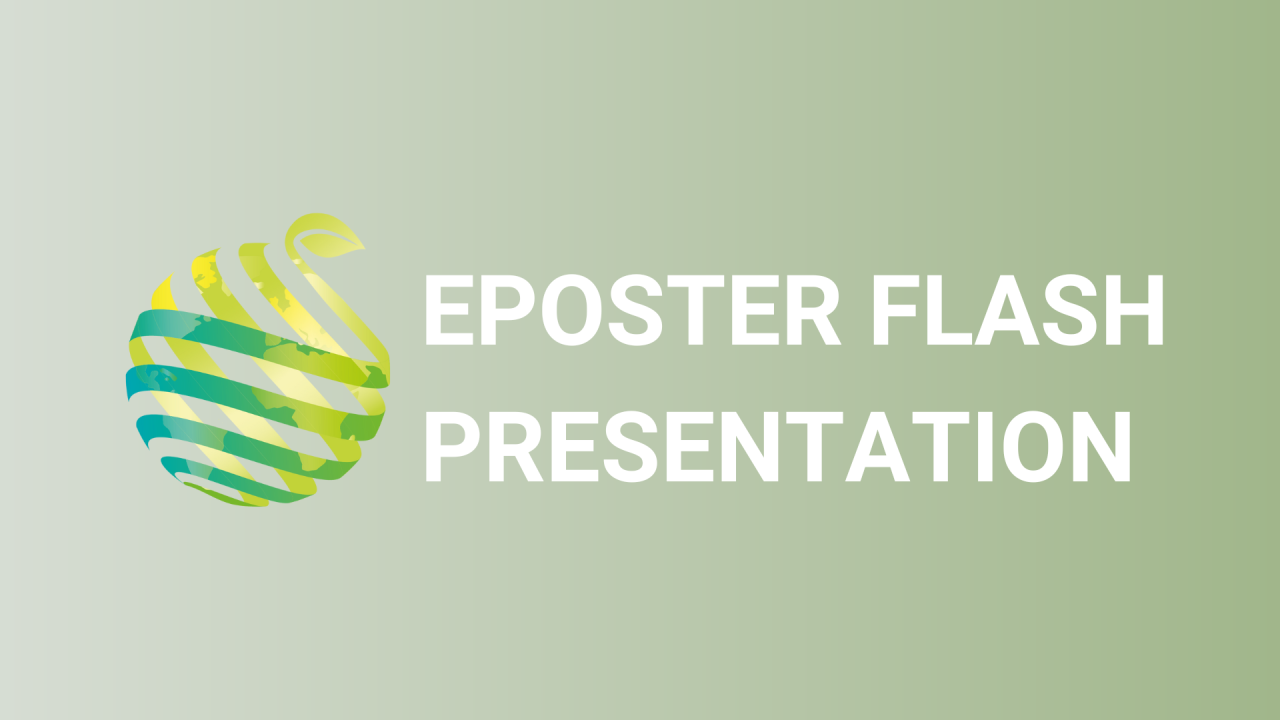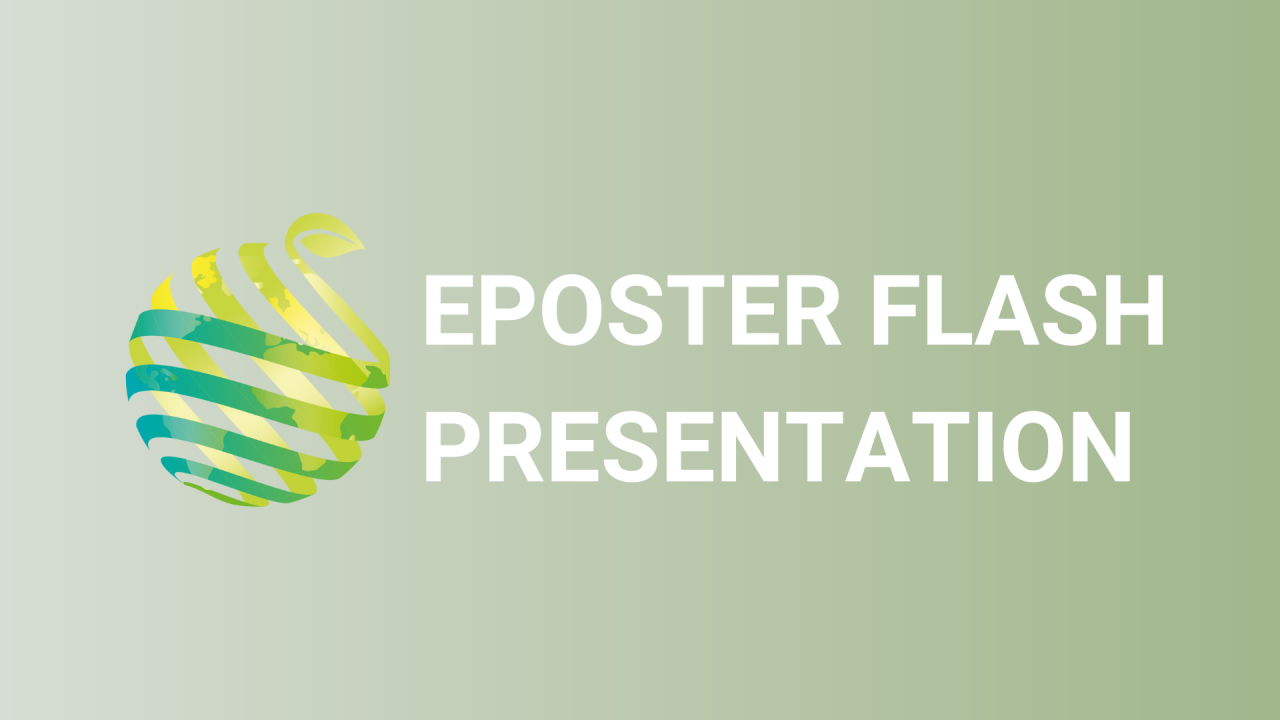

S04 - Session P1 - New Tools II - In vitro post rooting dormancy remedy in juneberry (Amelanchier alnifolia) through temperature and plant growth regulator treatments
Information
Authors: Naa Korkoi Ardayfio, Wenhao Dai, Harlene Hatterman-Valenti *
Juneberry (Amelanchier alnifolia) is a high value crop with purple fruit that contains significant amounts of dietary fiber, the two essential minerals iron and manganese, riboflavin, and vitamins B2 and biotin. Juneberries can be eaten directly as fresh berries. They can also be dried and frozen or processed into jams, juices, cakes, wines, jellies, and sauces. Traditionally, the Juneberry has been used for medicine, food and various wood applications. Tissue culture has proven to be an important means of propagating different cultivars with desirable agronomic and yield characteristics. The in vitro technique is a tool to produce clones that are identical to the starting material. At North Dakota State University (NDSU), a study was carried out on the remediation of post-rooting dormancy after plants were propagated in culture. In this experiment two temperature treatments of 6 and 25°C, two cultivars "Thiessen" and "Northline" (pre-rooted or not) and treatments with plant growth regulators (PGR) were used. The pre-rooted plantlets were rooted before PGRs were applied and cultivars without pre-rooting were treated with rooting hormones and PGRs at the time of planting. Different concentrations of gibberellic acid (GA) and N6-benzyladenine (BA) were used for the PGR treatments. Temperature was used as main plot, cultivar, and PGR as sub plot. The experiment was conducted in growth chambers. The BA treatments that yielded the highest number of leaves were noted for the pre-rooted plantlets with 750 mg/L GA, 100 mg/L BA, and 250 mg/L GA + 100 mg/L. Pre-rooted 'Thiessen' plants grown at 25°C had the highest number of leaves. The highest plant height was recorded in the pre-rooted plantlets with 250, 500 and 750 mg/L GA treatments. The highest branching was observed in the pre-rooted Juneberry plantlets of 100, 200, 300 mg/L BA and 250 mg/L GA + 100 mg/L BA applications. The highest branching was observed in 'Thiessen' plantlets grown at 25°C. Thiessen' pre-rooted plantlets accumulated the most biomass in fresh and dry weight and produced the most root volume.